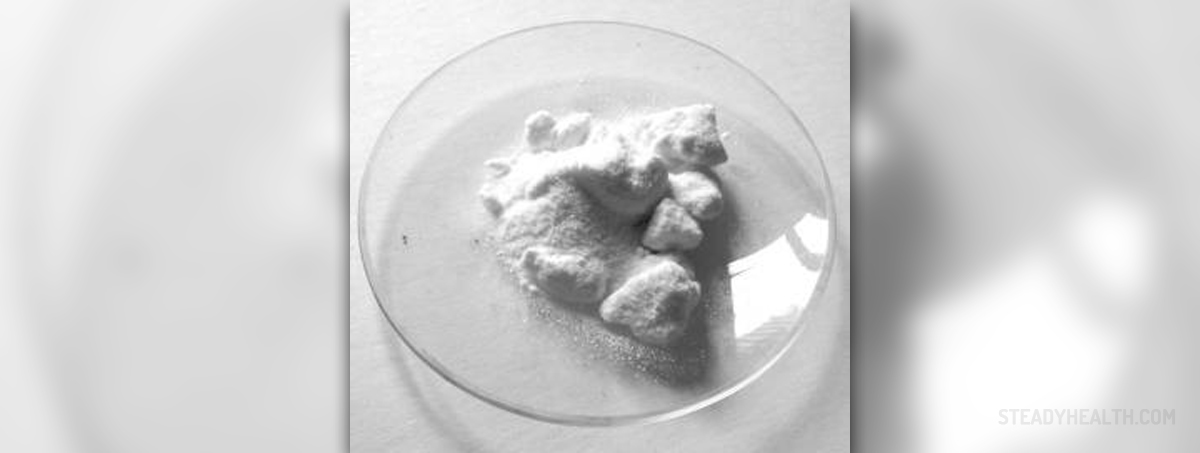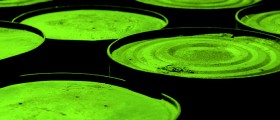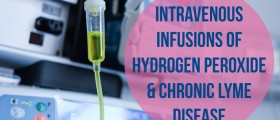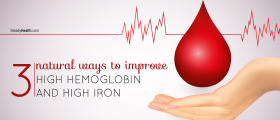
Lead poisoning is a type of heavy metal poisoning characterized by increased levels of this metal in the body. Lead poisoning affects and damages many body functions and organs, particularly lungs, bones, kidneys, intestines, genitalia and nervous system. Lead is very dangerous for children, who can suffer from development problems if exposed to lead poisoning.
Chelation is one of the most widely used treatment options for lead poisoning.
What is chelation?
In mainstream sense, chelation indicates a procedure to remove excess lead from the body. However, chelation is also used in alternative medical practices where it is supposed to treat heart disease and cancer.
Chelation usually involves injecting a chemical called ethylene diamine tetraacetic acid (EDTA), which binds with heavy metals like lead, iron, mercury and cadmium. The word “chelation” comes from the Greek word “chele”, which means claw.
Chelation is one of the most effective ways to treat lead poisoning, but there is no scientific evidence that it can help with other diseases, like cancer or heart disease. In fact, the chemical used in chelation, EDTA, can even cause kidney damage and arrhythmias.
How is it done?
Chelation or lead poisoning treatment with EDTA has been FDA approved for over forty years. When a person is exposed to heavy metals like lead, the body cannot eliminate them completely or break them down, which leads to increased levels and toxicity.
EDTA and other chelating agents eliminate heavy metals by attaching themselves to them. When their molecules bind, it is possible for the body to eliminate them through urination.
Chelating agents, such as EDTA, are either administered through a simple short injection or intravenously, over the course of two to four hours. Typically, a treatment requires 20 injections or infusions during the period of up to twelve weeks. Depending on the severity of poisoning, the chelation cycle may need to be repeated, sometimes up to one hundred times over several years. Chelating agents can also be given orally, although injections and infusions are much more common.
Chelation therapy depletes the levels of some vitamins and minerals in the body, which is why multivitamins are usually given alongside it.
Other uses of chelation
Even though there is no firm scientific evidence that chelation can help with health problems other than lead poisoning, some practitioners claim that it can be used to treat cancer, heart disease and problems with blood vessels.
EDTA reduces the calcium levels in the blood and some believe that this can reduce and dislodge mineral deposits that block or harden the arteries and cause atherosclerosis and similar diseases. In alternative medicine, chelation is used to treat gangrene, multiple sclerosis, diabetes, thyroid disorders, psoriasis, arthritis and Alzheimer’s disease.

















Your thoughts on this
Loading...